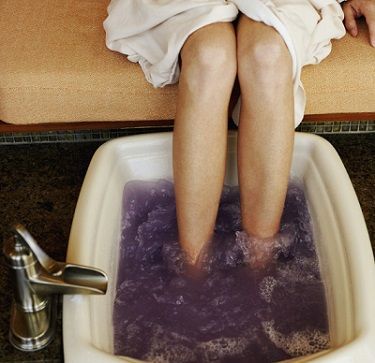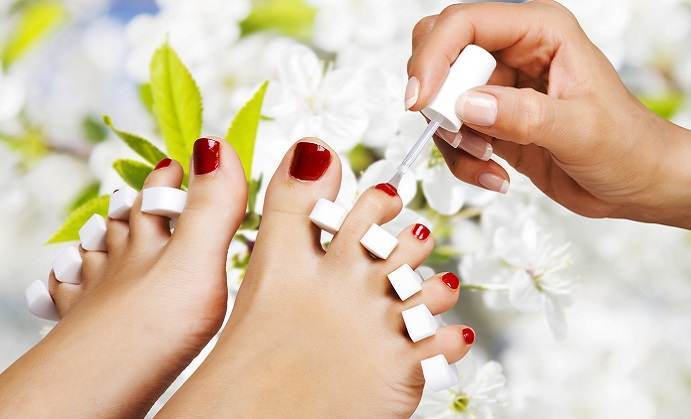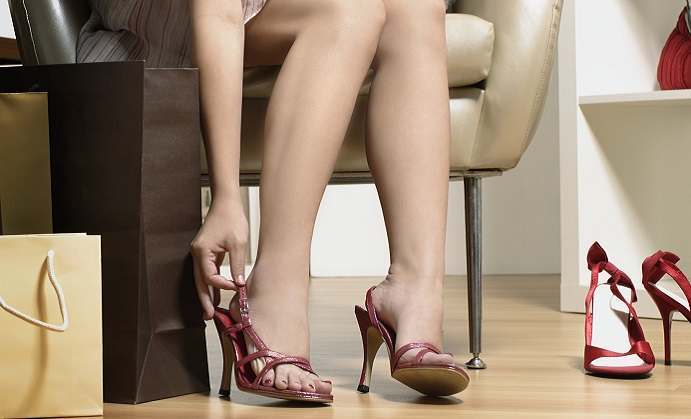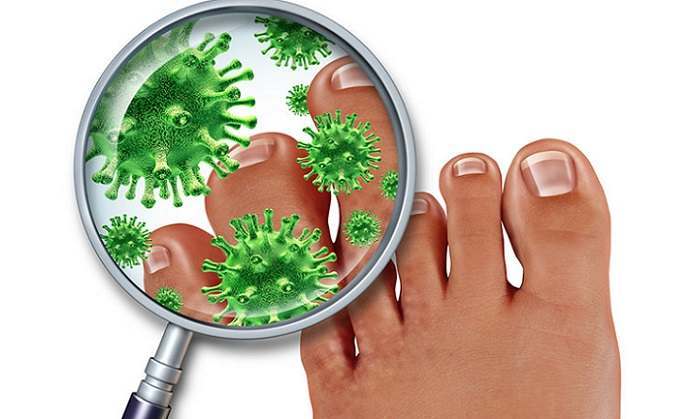What is Athlete’s Foot?
Most people believe that athlete’s foot affects athletes. On the contrary, this condition may affect anybody. Athlete’s foot is a health condition that affects the feet (usually the sole) and the area between your toes. The disease becomes obvious when the affected person has a reddish, dry, and sensitive skin. Armed forces members offering assistance in tropical regions also call athlete’s foot jungle rot. A warm and moist environment is the ideal place for the fungus that causes athlete’s foot to grow and spread.
Symptoms of Athlete’s Foot
The indications of the condition include itching, burning, dry soles, occasional blisters, peeling skin, redness, and calluses. Infected persons may sometimes have ringworm on the groin or hand.
How Do Nail Salons Play a Part in Athlete’s Foot Infection?
 The condition is among the most infectious diseases that can be easily contracted in nail salons. Customers normally contract it when they come into direct contact with unhygienic tools and unclean whirlpools, which increase the likelihood of catching the disease. You can also catch the infection from socks, shower floors, shoes, gyms, and infected surfaces or objects that come into contact with your feet. Nails salons have bathtubs for pedicure procedures. Not all clients come with uncontaminated feet. Therefore, salon workers bear the responsibility of ensuring that bathtubs are clean to ensure that fungal infections do not spread among customers.
The condition is among the most infectious diseases that can be easily contracted in nail salons. Customers normally contract it when they come into direct contact with unhygienic tools and unclean whirlpools, which increase the likelihood of catching the disease. You can also catch the infection from socks, shower floors, shoes, gyms, and infected surfaces or objects that come into contact with your feet. Nails salons have bathtubs for pedicure procedures. Not all clients come with uncontaminated feet. Therefore, salon workers bear the responsibility of ensuring that bathtubs are clean to ensure that fungal infections do not spread among customers.
It is hard to remove fungi from the parts they usually grow. Therefore, salons must make the necessary arrangements to do away with fungi completely. There are high chances of contracting the disease from public places compared to the chances of contracting it at home.
Precautions
Persons who are at a greater risk of acquiring the infection should take the necessary precautions. The common preventive practices include wearing socks that are poor water absorbers, keeping the feet dry and clean, and removing shoes regularly to allow your skin to take in air. Moreover, do not walk barefooted around swimming pools, saunas, and other public places. Also, do not use unsanitary tools at salons. Another important precaution is to disinfect old footwear and apply antifungal powder on all shoes. It is also advisable to go to nail salons with your own instruments like nail files, except if the salon you visit is highly hygienic.
How to Treat Athlete’s Foot
 The first method of treating the condition is to ensure that all areas are uncontaminated and dry. Cleaning and drying all areas ensures that the fungus does not have a friendly environment to grow. Given that moisture plays a key role in fungus growth, it is important to avoid footwear made of materials that retain moisture on the foot. Wear cotton socks because they are poor absorbers of water. Medicated powders such as tolnaftate and miconazole can relieve the condition. Home remedies with 80 percent water and 20 percent white vinegar should be used for ten minutes once or several times daily.
The first method of treating the condition is to ensure that all areas are uncontaminated and dry. Cleaning and drying all areas ensures that the fungus does not have a friendly environment to grow. Given that moisture plays a key role in fungus growth, it is important to avoid footwear made of materials that retain moisture on the foot. Wear cotton socks because they are poor absorbers of water. Medicated powders such as tolnaftate and miconazole can relieve the condition. Home remedies with 80 percent water and 20 percent white vinegar should be used for ten minutes once or several times daily.
The second treatment method involves the use of antifungal ointments and sprays such as clotrimazole, terbinafine, and econazole nitrate. You can also use shampoos that contain ketoconazole. Contact a physician for the necessary recommendations because some of the aforementioned medications may have adverse effects. Also, treat infected toenails to avoid any possible reinfections. Treat both foot and toenail infections to reduce the likelihood of a reinfection. Removing the fungus might last for several months.












